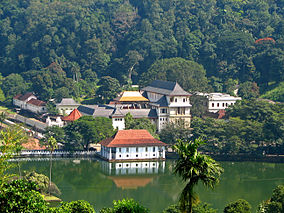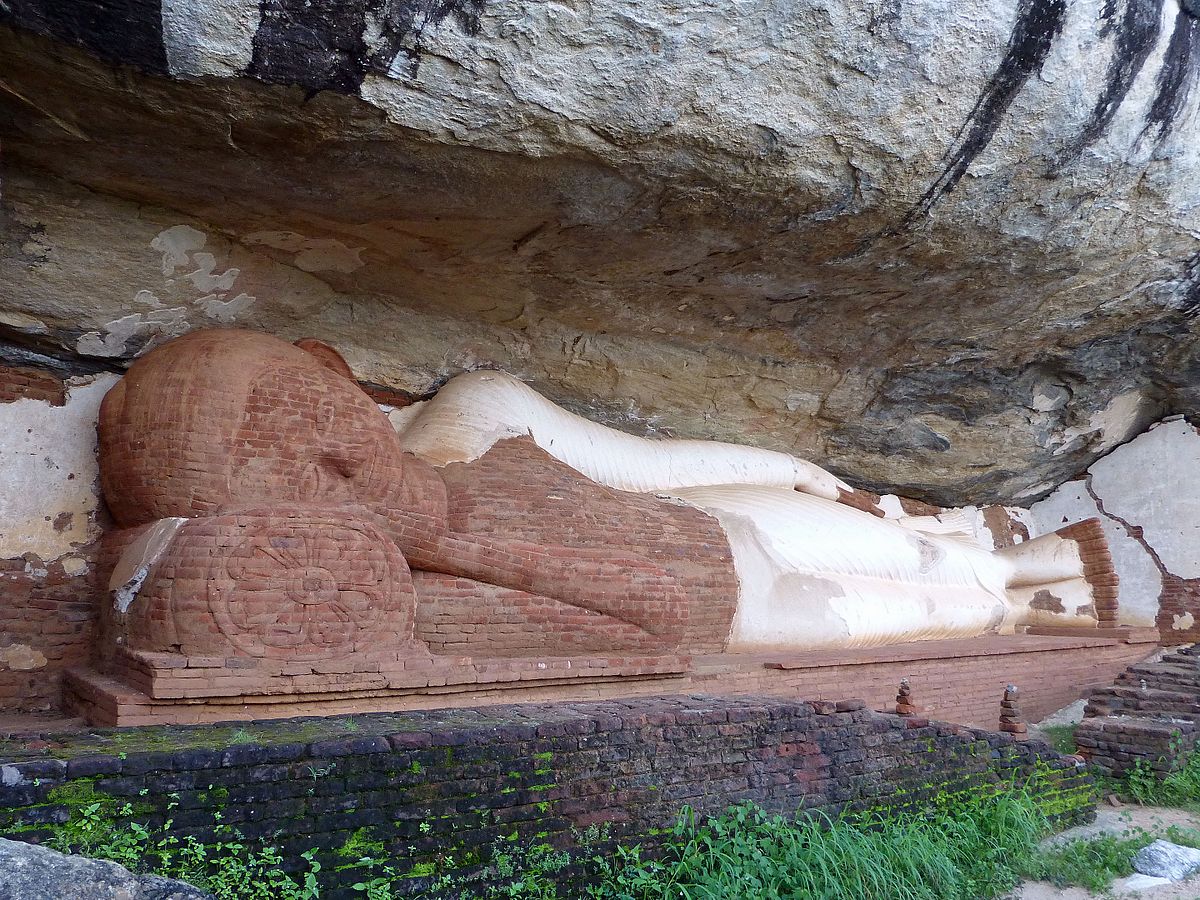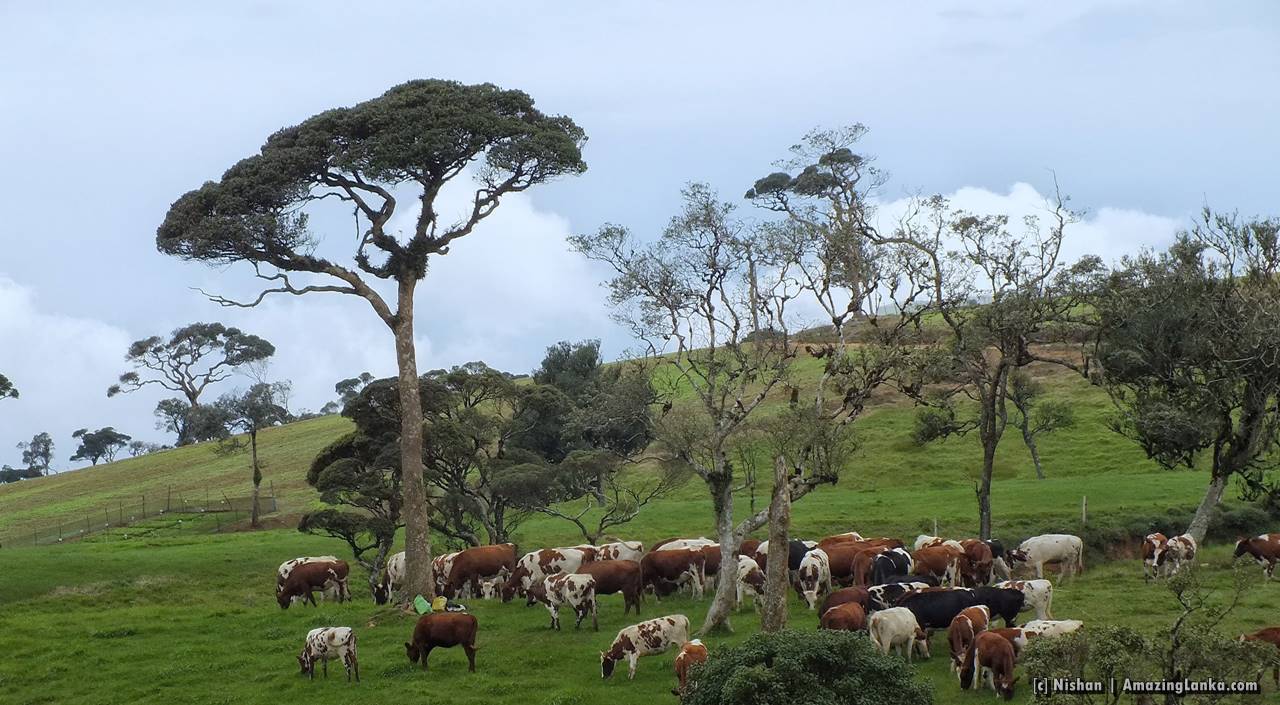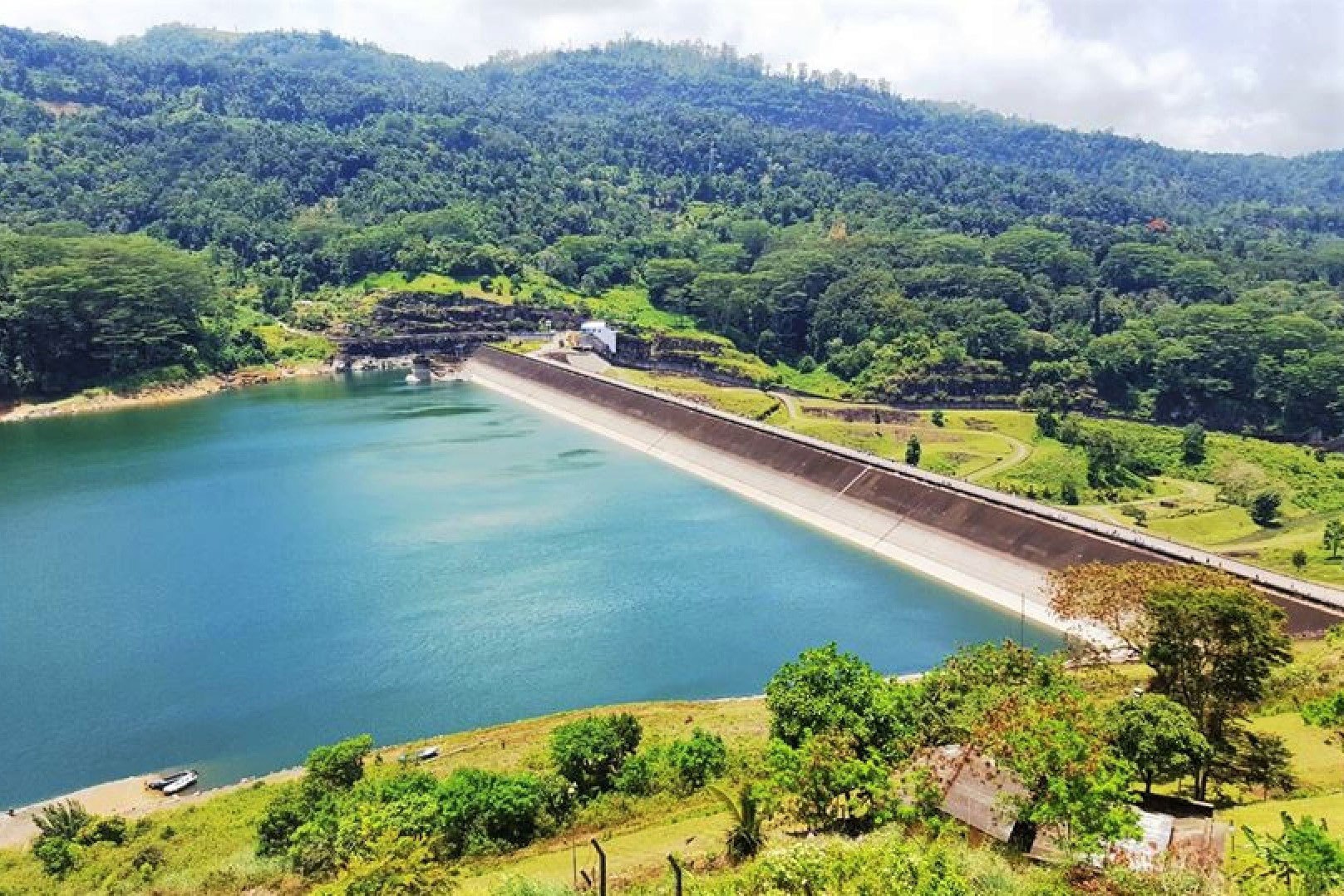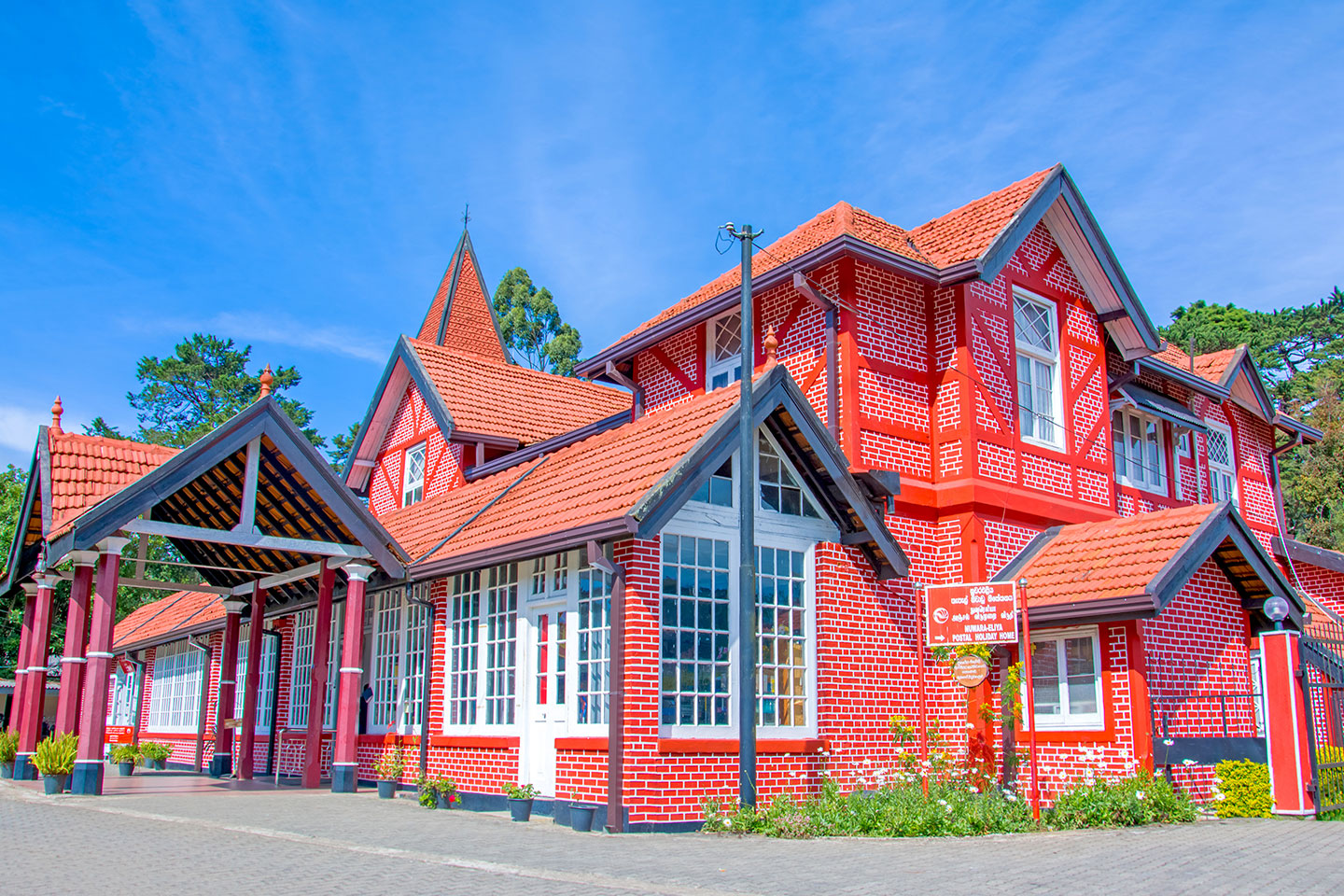Travel via D. S. Senanayake Veediya in Kandy and turn from the road intersection near the Municipal Council to Sri Dalada Thapowana Vihara Road. This forest is situated 700 meters down, to the north of Dalada Maligawa.
One hundred and five hectares in extent and categorized under the Moist Monsoon Forest type, with an elevation of 500 – 600 meters above sea level on an inclination of 30º - 70º, this is an environmentally as well as historically vital area. King Senasammatha Wickramabahu, who established the Senkadagala Pura Kingdom, built his palace in this forest area, which was later known as Udawatta Kale.
There is a belief that the Kandy area came to be known as Senkadagala Pura owing to a Brahmin called Senkanda who lived in a rock cave in this forest.
Udawatta Kale is very rich in biodiversity, with a very high incidence of endemic flora and fauna. The forest is inhabited by approximately 405 plant species consisting of perennial trees, very rare and threatened plants, medicinal herbs and plants. Trees such as Wal Del, Etambu, Malabada, Pihimbiya, Hawari Nuga, Mahogany and Ginisapu form the canopy. The sub-canopy consists of trees including Badulla, Ankenda, Eatteriya, and Dawata, while plants including Heen Bovitiya, Belathana, Thebu and Katuwila are found among the undergrowth.
A great diversity of fauna also inhinhabitsis forest, including very rare and nearly extinct genera, 79 bird species, 17 mammal species, 74 butterfly species, 04 lizard species, and 21 snake species, as well as many amphibians and migrant mammals.
This is also a vital area in terms of hydrology. The watershed areas in Udawatta Kale, Dangolla, Watapuluwa and Bandiyawatte are important water resources for agriculture, as well as tributaries to the Kandy Lake. The forest is an essential component in maintaining a balanced ecology in the Kandy area. The forest is immensely valuable to researchers as well as many others engaging in educational pursuits.
